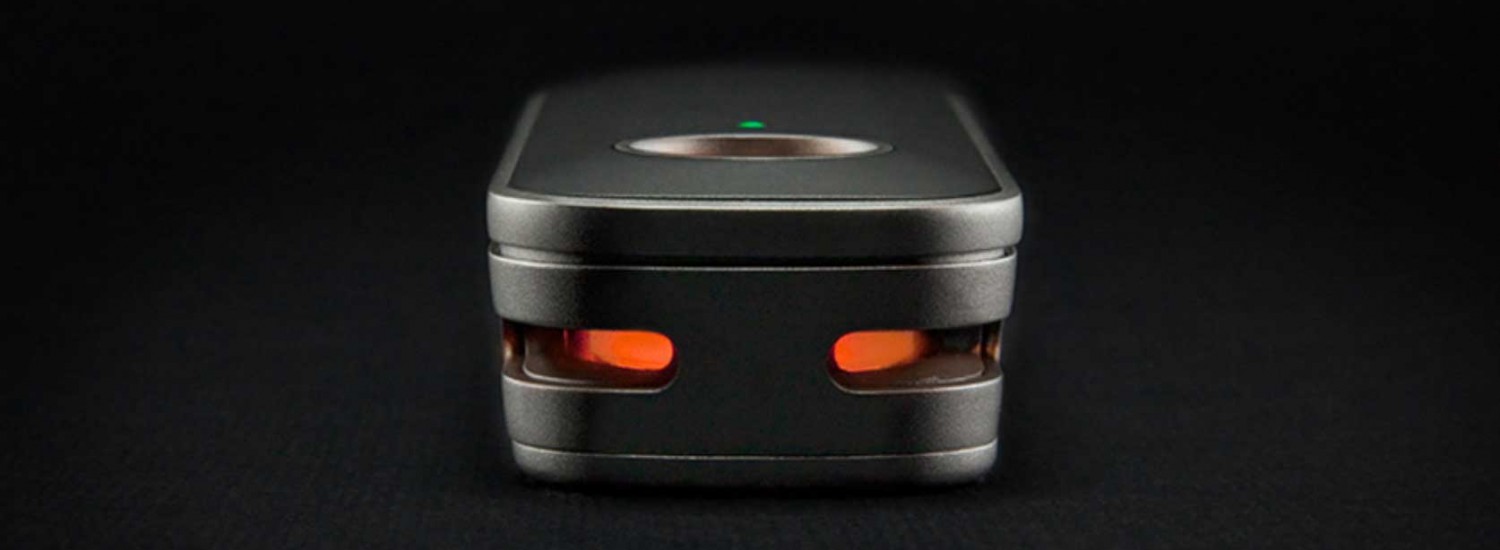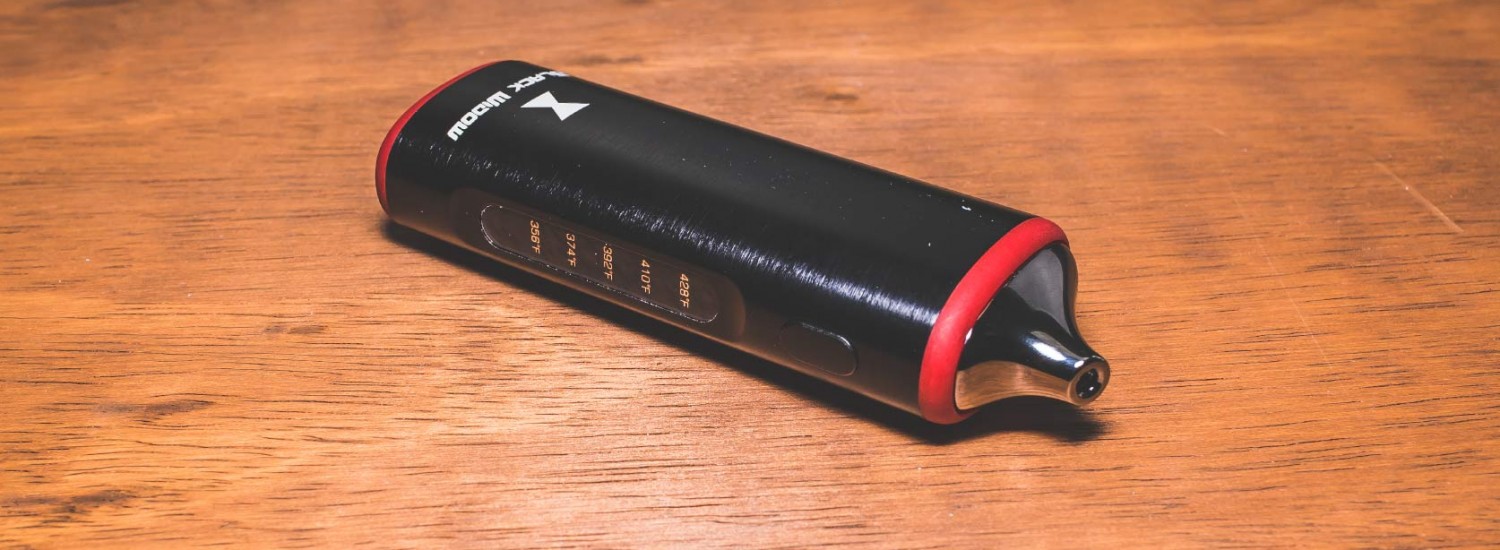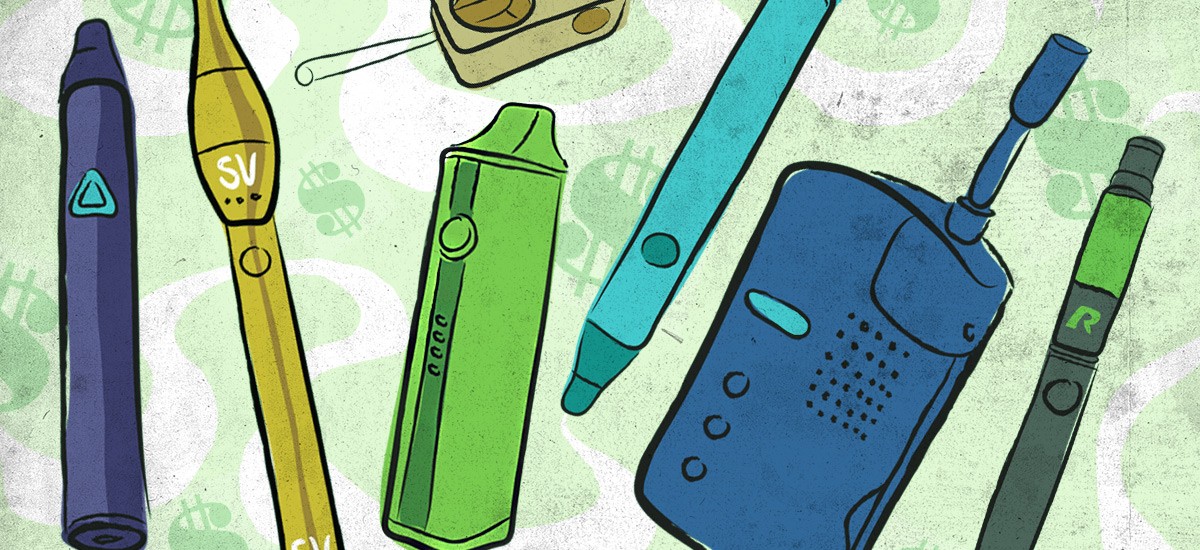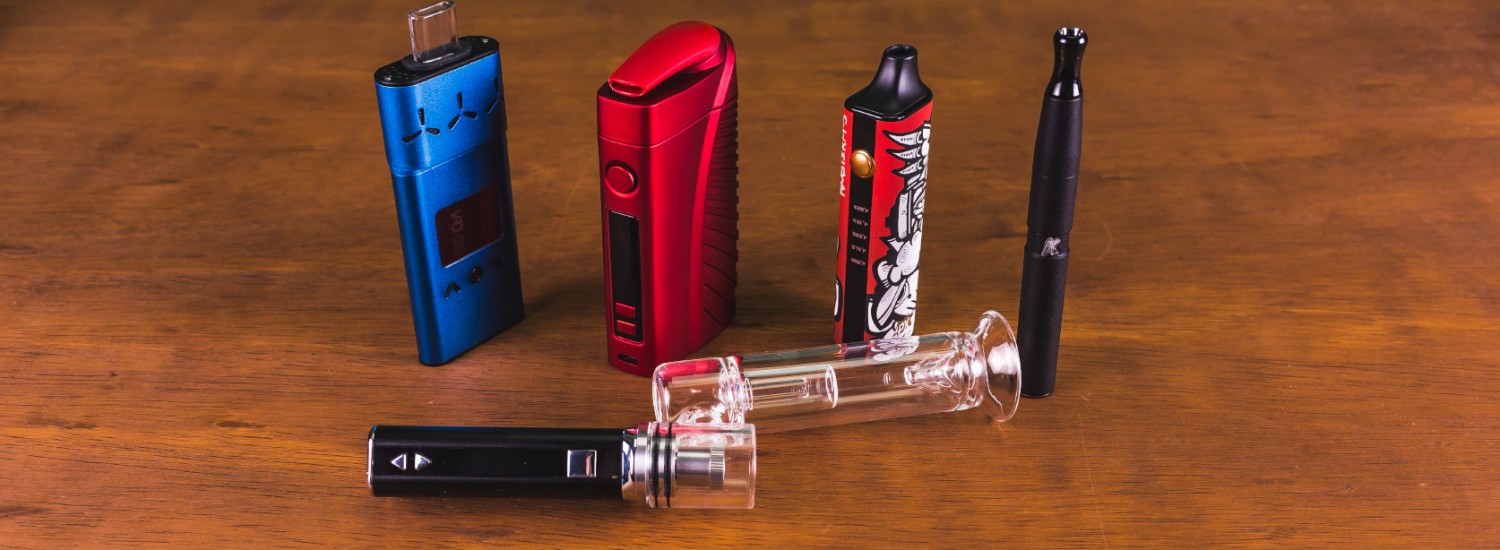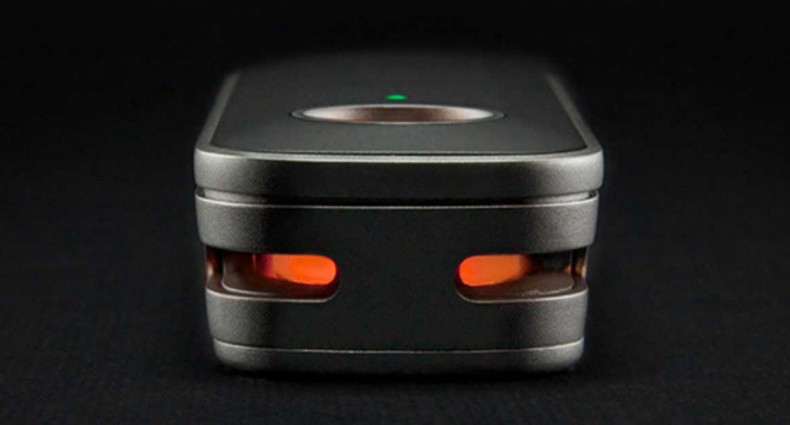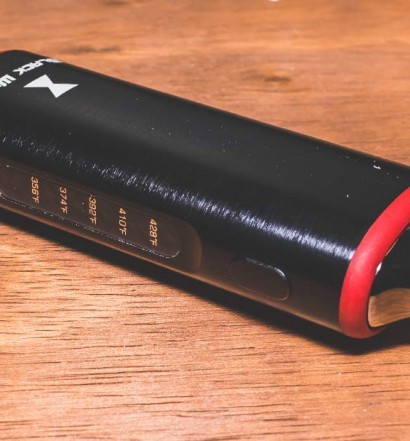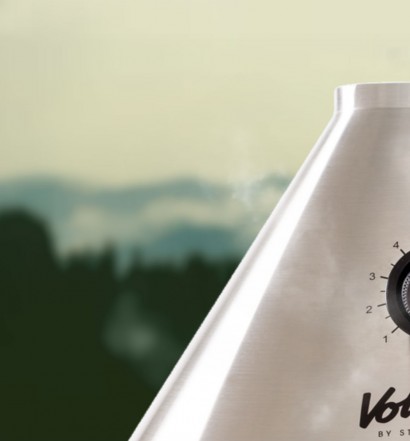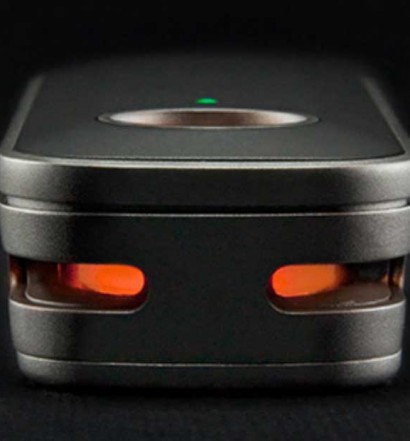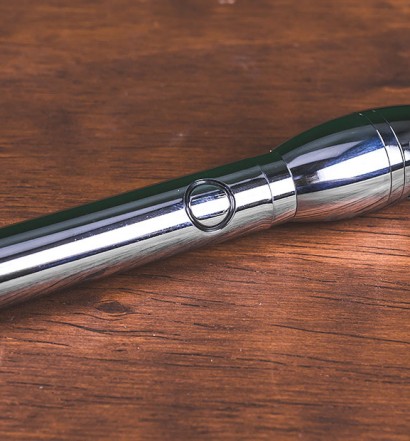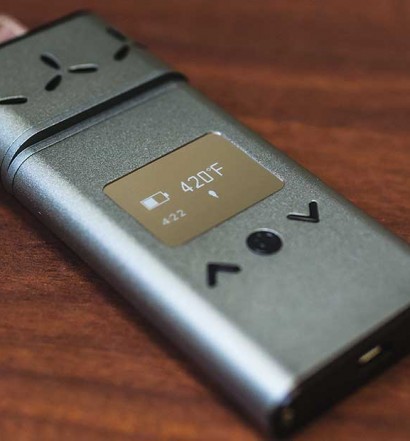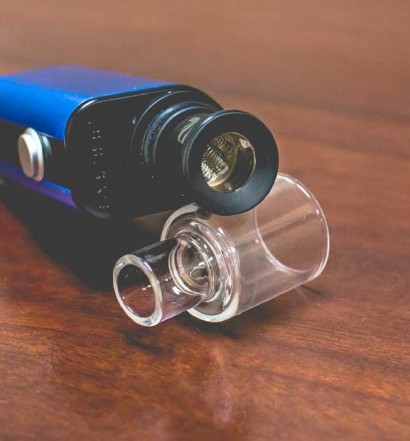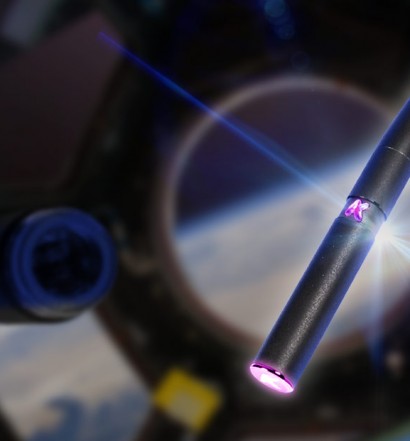Vaping vs Smoking: The Health Benefits of Vaporizers
To vape or not to vape? That is the question. Vaporizers are great. They’re efficient, with no dry herb or wax lost to incineration. They’re convenient, allowing you to choose with precision the temperature at which you vaporize material. And they’re discreet, leaving no lingering smoke or foul odor. But there’s the question of vaping health risks. We’re not trying to convince you to use a vaporizer-we think people can choose to do with their heart, lungs, and living room curtains what they please-but research so far suggests that vaping health risks are relatively small compared with smoking.
There’s still much to learn about the health benefits of vaporizers. Since vaping only recently became popular, there isn’t enough data on the long-term effects of using a vaporizer to say definitively whether vaping is safer than smoking. But research so far has been promising. To gain some proper perspective on the health benefits of vaping, let’s take a look at what science has shown us thus far.
Is Vaping Better than Smoking?
Probably, the most famous study about vaping vs smoking was done by Public Health England in 2015 and endorsed by the British government. It claims vaping is a whopping 95% safer than smoking. It’s a bold claim, we know, but it’s based on the findings of experts who’ve studied the effects of vaporizers, and the British Royal Crown practically knighted it in a public announcement. So this study may very well be onto something. “In a nutshell,” Public Health England writes, “best estimates show e-cigarettes are 95% less harmful to your health than normal cigarettes.” So researchers think vaporizers are much safer for your body than smoking-and by much safer they mean almost 100% safer. Perhaps this is why vaporizers have exploded in popularity over the past decade. Cigarettes cause a host of terrible health problems. If vaporizers truly are a healthier alternative to smoking-which we’ll leave to you to decide for yourself-it makes sense that people would be more attracted to vaping than smoking.
Public Health England also found that vaporizers aren’t all that enticing to youth-at least those who’ve never smoked before. In fact, the majority of people who use an ecigarette vaporizer are current or ex-smokers. Despite the promising statistics about vaporizers, half the British population (44.8%) believe vaporizers are equally if not more dangerous than smoking. The reality is a billion people are addicted to cigarettes, which kill about 6 million each year. If vaporizers really are almost 100% safer than smoking, like Public Health England says, many people are on the wrong end of the vaping vs smoking debate. But wait. You don’t even smoke cigarettes. You smoke dry herb! So why should you even care? Well, smoking cigarettes may be more harmful than smoking dry herb, but smoking dry herb is more harmful than vaping it. Let researchers from the University of California San Francisco explain…
How is a Vaporizer Safer than Cigarettes and Pipes?
Similarly to Public Health England, UCSF researchers found, “virtually no exposure to harmful combustion products when using the vaporizing product.” This time researchers looked at the carbon monoxide (CO) levels exhaled after smoking dry herb, finding that smoking actually elevates CO levels. CO, by the way, is a toxic gas that lowers your blood’s capacity for carrying oxygen when inhaled. The same test on a vaporizer showed no increase in CO levels. Phew. UCSF also reported that vaporizers unlock just as many active compounds from dry herb as smoking, but without the harmful by-products of combustion. In other words you get just as high from a vaporizer as a smoking device. Phew. Compounds found in dry herb include terpenes which release fragrances and flavors, and cannabinoids which combine with receptors in the brain to alter your mood. Vaporizers activate these compounds by heating dry herb around the point of vaporization, and below the point of combustion in which harmful smoke is created. You get the same effects from dry herb but with fewer health risks.
Vaping vs. Smoking Dry Herb
We know we just got through telling you that vaporizers are as effective at extracting cannabinoids from dry herb as smoking. But these researchers are really trying to drive the point across.Yet another vaporizer study, this one from 2006, explored whether vaporizers activate as much flavor, aroma, and effects from dry herb as smoking. Scientists concluded that, “the final uptake [of using a vaporizer] is comparable to the smoking of dry herb, while avoiding the respiratory disadvantages of smoking.”So according to this study, vaporizers are a healthier way to enjoy the benefits of dry herb. That’s why medicinal and recreational users alike turn to vaping. Vapor is smoother and purer, which makes dry herb consumption much easier on your respiratory system.
How is vaping safer than smoking? The reason why vaporizers are healthier than smoking is a matter of temperature. A vaporizer gives you much more control over the temperature at which you heat dry herb and other materials, a luxury smokers don’t have.Consider, for example, how you light a joint. When the dry herb is introduced to a flame, it reaches temperatures as hot as 2000F! This results in combustion, which creates smoke. Smoke carries added irritants-including carcinogens-which cause those nasty respiratory diseases you keep hearing about.
On the other hand, vaporizers heat materials beneath the point of combustion, creating vapor. A vaporizer either comes with preset temperatures or precision control that lets you choose an ideal temp. By vaporizing dry herb instead of incinerating it, vaporizers deliver the same effects in a much healthier way-pure and clean-tasting vapor.While we’re still waiting on more research about the long-term effects of vaping, more and more studies are showing that vaporizers are healthier than smoking. This is thanks to the sophisticated heating systems found in these nifty devices, which allow you to pinpoint the exact temperature at which dry herb releases its precious effects without sparking health problems.
So if you haven’t been living in a polygamist, Hutterite commune somewhere near the New York state border (weirdly specific), you’re probably familiar with vaporizers in some form or another. The trend of vaping has quickly grown to encapsulate portable vaporizers, vape pens, wax pens and portable dab vapes. So with all these new forms and functions, one can’t help but beg the question:
What is a Vaporizer Anyway?
In its most simple form, a vaporizer is a source of energy, which powers a heating element or atomizer to a high enough temperature to vaporize your vaping materials. While the heating elements, the power sources and the vapeables may vary, the function is the same. Vaporization, while requiring heat as a catalyst,still occurs at temperatures much lower than combustion. Even at its highest temperatures (in the neighborhood of 400 F), vaporization occurs at temperatures much lower than the point of combustion (over 1,000 F).
A Word on Vaporizer Energy
While the majority of modern vaporizers are heated by electronic means, it is important to note that this is not necessarily the only fuel for vaporization. The heating element can also be heated by a naturally-occurring fuel such as Butane, as is the case in the iolite line, or theoretically any substance which provides some form of energy. In the future we could see kinetic vaporizers, solar-powered vaporizers, Elon Musk could come up with a vape pen that will literally blow our minds — here’s hoping!
Even with a limitless supply of energy sources the most widely adopted is the lithium ion battery. These batteries are the same types that have been used in consumer electronic such as laptops, cell phones and tablets for years, making them a relatively safe and reliable source of power, so long as they are handled properly. Lithium Ion is favored for it’s ability to hold a large amount of positive charge, in a very small amount of space. Why does this matter? This is important because it has enabled vaporizers to be smaller and lighter, while still able to generate large amounts of power for vaporization. That vape or wax pen that can fit in your hand, is capable of producing huge clouds, thanks to its efficient power source.
How Vaporizers Heat Materials
The heating element, also referred to as the heating chamber, oven, or atomizer, is the direct link between the e-juice, wax, oils, concentrate, or dry herb product you input, and the thick tasty vapor that is produced. While atomizers can come in a variety of builds and styles, they all work to the same end: getting your vaping materials, dry herb, wax concentrates or oils to vaporization temperatures. Atomizers can vary greatly, depending on their intended vaping material and the vapor produced.
E-Juice atomizers, often referred to as clearomizers, or tanks, contain coils, which are the heating elements to get the e juice to vaporization temps. These coils are often replaceable, stainless steel units, however there are also versions utilizing cotton wicks for cloud chasers. More advanced ejuice tanks feature RDA or rebuildable dripping atomizers, which allow the user greater flexibility over the performance and longevity of their atomizer.
WAX atomizers as the name implies, are specific to wax and oil concentrates. These atomizers typically are engineered to run at much higher temperatures to cater to the dab lovers. While a recent trend has introduced more slow burning technology to promote greater conservation of concentrates.
Though created from various materials, wax atomizers will tend to fall into one of two categories:
Coiled wax atomizers, contain coils, any number from one to three. These feature an inert material, such as ceramic or more recently quartz, wrapped by titanium wire. When the wire heats, it heats the inert material through conduction, thus creating vapor. More coils= bigger, dab-like vapor production. While the current defacto standard is two coils of ceramic or quartz, newer units such as the Source Flosstradamus, and the APX wax feature three coils, for intense dabs akin to hits from a rig.
Coilless atomizers, do not contain any exposed titanium wires, instead favoring what is referred to as a bucket style. As the name would imply, it is a deep bucket shape, where your concentrates can be heated. The absence of coils, means your concentrates are not exposed to such high heats, conserving the material and preserving flavor.
Vaporizers for Dry Herb employ a number of different atomizers. The most high quality models utilize ceramic or glass heating chambers, like the DaVinci IQ and The Firefly 2 vaporizer which use ceramic and glass respectively. Many vape pens utilize substandard elements to heat herbal materials. While this may make for a quick toke, it doesn’t allow the user to enjoy the full benefits of vaporization, often leading to combustion. Combustion is a very likely occurrence when dry herb comes in contact with exposed heating elements.
Feeling overwhelmed by the sheer options for atomizers? No sweat. Basically what it boils down to, is finding a vaporizer that is most suited to what you would like to vape. By keeping in mind the type of material you’ll be vaping as well as the environment you’d like to vape, you can focus on the form factor that suits the best vaporizer for your needs.
People commonly ask what the best vaporizer is. Unfortunately, it’s not that simple, there is no one-size-fits all best vaporizer. The form factor of a vaporizer is crucial to finding the best vaporizer for you. Before we dive into the common form factors seen today, let’s take a moment to walk down memory lane and consider:
The History of Vaporizers
The first use of vaporizers dates all the way back to the egyptians in B.C. times, the first vaporizers weren’t the focused devices we see today. Instead of taking a direct approach to vaporization, early adopters of the vape life used hot coals in steam rooms to extract the effects from their vaping materials, much like a sauna, but way more naked and you got WAAAAY higher. This leisurely approach of vaping materials, most notably tobacco, caused quite a stir among the early ancient people. Remember your first vape?
From saunas and steam rooms, vaporizing dry herb evolved from a simple hot box to a more refined and concentrated form of vaporization. While the early methods were good, the sauna method left a lot to be desired in the realm of herb efficiency and conservation, which we all know is one of the leading reasons to be vaping vs smoking. The next documented form of the vaporizer took shape in the early water pipes found in the middle east. While water pipes generally involve straight combustion, and glassblowing and glassware became quite popular for herb consumption, the hookah was the first waterpipe to include some vaporization features. As hookahs transgressed from simple water pipes, the units would employ the use of a metal or other heat-conducting material instead of placing coals directly on the cannabis or other vaping materials.
This barrier between the heat source and the materials allowed for more of the essential oils to be released with less carbon and less harmful smoke. This form of vaporization is known as conduction, in which a heat source directly heats your dry herb or waxy oils and concentrates to a temperature lower than combustion. Thus allowing you to release the effects from your herb without all the cancerous and smelly byproducts. While we weren’t personally there, we can only imagine that the ancient people must’ve noticed how much more clear the flavors of their vape materials tasted and how the effects could be extracted without contracting the black lung. The vapor produced also had the benefit of being cooled through the water in the Hookah before passing along through the whips to the users’ lips. Conduction vaporization is still utilized in modern vaporizers, albeit with more advanced heating methods than hot coals, and used in conjunction with convection vaporization in high-end vaporizers.
The evolution of vaporizers gets especially murky from here, like dark ages, underground, Illuminati-type shit. While our european forefathers would’ve been wise to adopt or modify this convection, the discoveries and revelations of the middle east were systematically ignored or buried by western civilization, but that’s another topic, for another time. Various patents were issued for prototype ecigs or ejuice atomizers in the middle of the twentieth century. Many of these designs utilized butane, though there were some that looked to emerging lithium ion technology. However, due to lack of interest from the general public and pressure from big tobacco companies, the ideas never really took off.
However the evolution of vaporization refused to be deterred. After centuries of silence, a new portable vaporizer, the likes of which had never been used for cannabis began to take cannabis trade shows and mail order catalogs by storm. The invention was the Shake N’ Vape a glass pipe with an enclosed bowl and a metal screeen, the early portable vaporizer would allow the user to heat their dry herb without combusting it, then inhale the vapors produced (source). While this technology was deemed novel in the mid-nineties when it was released, vaporizers weren’t truly elevated to the level of performance and function of today until 2002, when Storz & Bickel filed the first patent claim for their vaporizer technology. The resulting patent formed teh basis for the Volcano Vaporizer, one of the most popular vaporizers to this day.
So what’s with all this boring history grandpa? Now that you know how vaporizing has evolved as a social and medicinal process, you can understand a bit more about how these form factors became standard. Plus, we just really love vapes and want you to feel the same way, so it’s cool. Now the big question?
What Type of Vaporizer is Right for You?
Desktop Vaporizers are the original shape of vaporization, these more robust units are meant for home use. The box and whip style is still very popular, consisting of a heating element housed in an enclosure, with a whip to inhale the vapor. A whip is a simple and effective device comprised of a ground glass wand which attaches to the heating element, a length of medical grade tubing, and a glass mouthpiece.
Forced air systems have also become quite popular in desktop vaporizers thanks to the popularity of the Volcano vaporizer. These vapes utilize fans to push heat over your dry herb or other vaping materials to evenly heat the contents for flavorful vapor hits.
While you certainly can’t put any of these bad boys in your pocket, desktop vaporizers do have some unique advantages. Most notably, the ability to session. If you come from a bong background, a desktop vape will be the most natural transition into vaporization. Desktop units also generally host larger chambers to hold more herb, due to their larger size.
Portable Vaporizers or handheld vaporizers are the most quickly expanding category of vaporizers. With vaporization becoming more and more popular, manufacturers have begun to make vapes that are increasingly smaller, more portable, and more discrete.
A portable vaporizer can embody anything from a simple heating chamber with one button operation and preset temperatures, to feature-rich units with lcd displays, interchangeable batteries, precise temperature settings and unique building materials. While the popular adage “you get what you pay for” is applicable to any handheld vaporizer, good vaporizers can still be had for the cheap in this category. The relatively wide range of prices in the handheld vaporizer market, allow for beginners to get a piece that functions well for a low investment. While simultaneously allowing persnickety vaporizer buyers to find a unit that meets their exacting specifications.
Mods or modular vaporizers, fall under the category of portable vaporizers, but in many ways are their own beast entirely. Mods offer power users, tweakers, and cloud chasers to fine tune their performance with interchangeable parts. These units feature high-powered, variable voltage batteries which can be infinitely configured with a variety of atomizers, tanks and e juice options. While the majority of mods are intended for the e-juice market, lately the innovations have lead to increased devices with compatibility for dry herb and E-nails for wax and oil concentrates.
Vape Pens and wax pens refer to a very specific vaporizer form factor. As the name implies these will be small, cylindrical cylinders also consisting of a battery, atomizer and mouthpiece. Vape pens were once the stepping stone for beginners to get into vaporization. However with the evolution of vaporizer tech, there are more complex and customizable options, such as the source orb 4, a wax pen which beginners and experienced users alike will find something to enjoy.
Now to wrap this up without being exhausting, the takeaway from this primer is that a vaporizer is simply a source of energy, a heating source, and a way to inhale the vapor produced. By knowing the essential functions of a vaporizer, hopefully you can feel more confident in finding the best vaporizer for you without any anxiety. If you’d like to fast track your research, be sure to check out some of our favorite vaporizers in the best vaporizers section.

